1 Comment
How you manage and conserve rainwater is one of the most important things in an organic garden. Fresh water is essential for our growing efforts. Whether you live in an arid area with low rainfall, or somewhere where rainfall is abundant, it always makes sense to pay attention to how you collect, store and use water in your garden.
There are many different ways to grow food in your garden. One of the most sustainable, productive and efficient ways to feed your household from your garden is to set up an aquaponics system.
By midwinter, most of the leaves from deciduous trees will have fallen to the ground. These leaves do not only drift across your garden making beautiful, natural patterns, they are also a valuable commodity – a boon that you can make use of to help grow other plants next year. They can be a key component in the success of a sustainable, organic garden. Here are some ways to make use of the fallen leaves in your garden:
If you are new to gardening, you can learn which seeds to grow (and how to grow them) by speaking with other gardeners in your area – or simply by taking a good look at their growing areas, as well as by reading books, and articles like this one. But when it comes down to it, it is also fine to experiment and take your own path.
Raspberries are usually grown from bare-root canes acquired during the dormant season, between late autumn and very early spring. Raspberries are delicious, healthy and relatively easy to grow. This could be a great time to consider adding some of these delicious fruits to your garden.
If you are well-organised and prepared, you can grow food all year round – even in places where the weather is very cold in the winter. You may be surprised by how cheaply and easily you can grow food year round in a cold climate. To help you keep your growing efforts alive all through the coldest months, here are five ways to keep plants warm in winter:
Winter is the best time to decide on new fruit trees for your garden. A fruit tree is one of the most valuable additions that you can make to a permaculture garden and will offer immense enjoyment and likely also good yields for years to come. It can also be an integral part of a functioning and productive garden ecosystem. While you can purchase and plant fruit trees throughout the year, the cheapest way to buy a fruit tree is as a bare-root sapling over the dormant period between late autumn and spring. These can be planted whenever the soil is not frozen or waterlogged.
If you live in a temperate climate them you will likely think of spring as the main planting season – and indeed it is. But there are other vegetables that can be sown in the autumn. If you want to grow and eat your own food all year round then it can be helpful to consider introducing some undercover or protected growing areas, so you can overwinter annual plant crops in your garden. An unheated polytunnel, or even a large cloche or row cover, will allow you to grow a wider range of plants, even in the depths of winter. Here are a few vegetables to sow in autumn in a cool climate:
Growing tomatoes in a temperate climate often seems like a race against time. If you are battling a shorter outside growing season then you may often find that you have green tomatoes left on the vine as the first frost rapidly approaches. While tomatoes will ripen off the vine, those that mature on the plants will usually have the best flavour. Here are some tips to help you mature as many tomatoes on the vine as possible before time runs out:
|
GROW ORGANIC!
|
||||||||
|

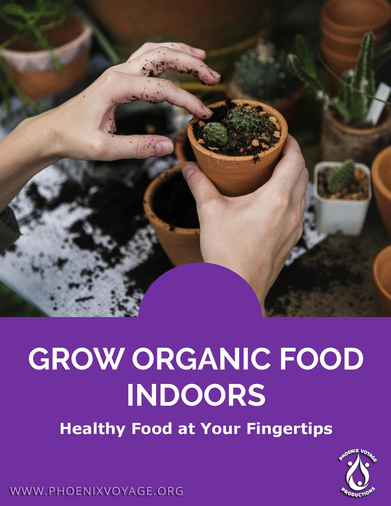
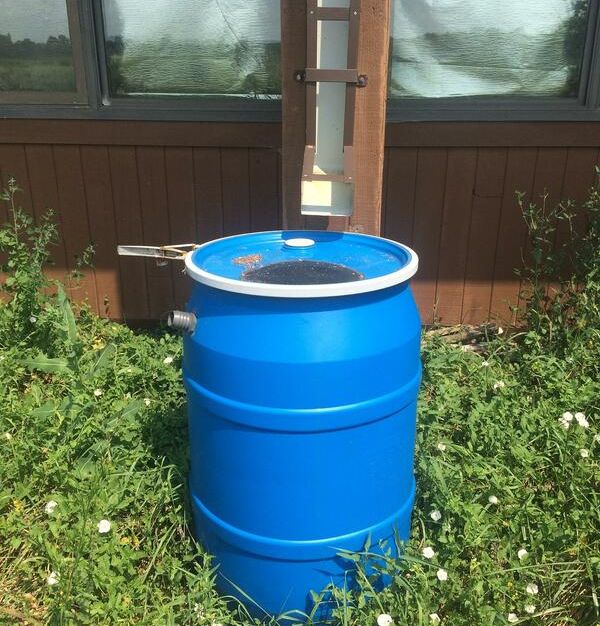
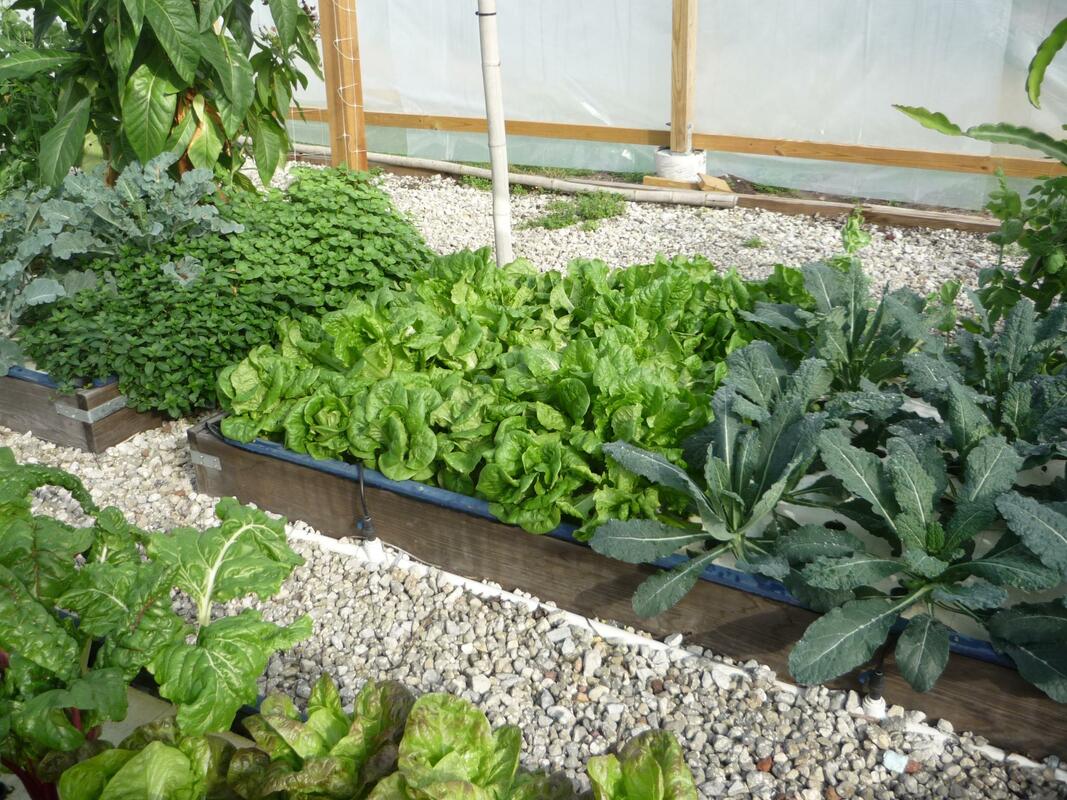
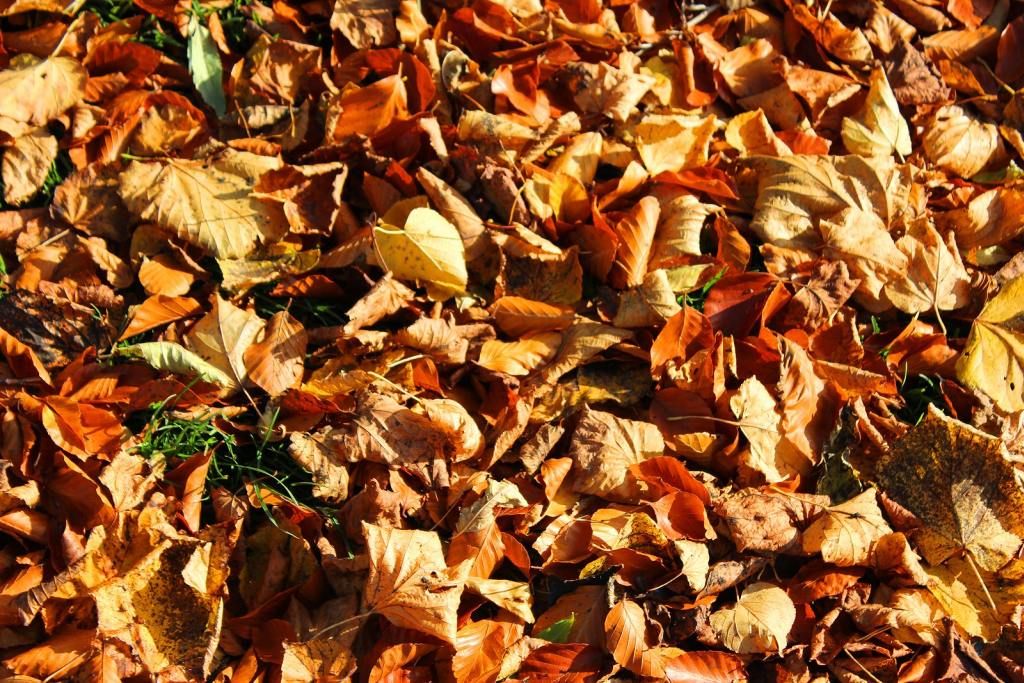
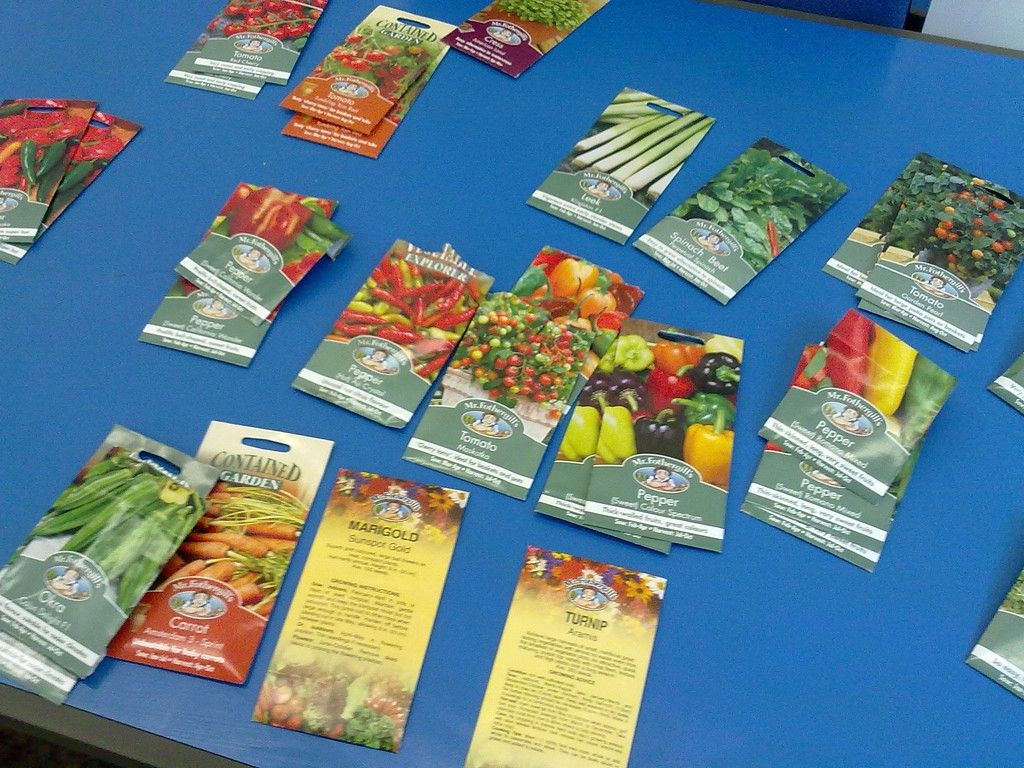
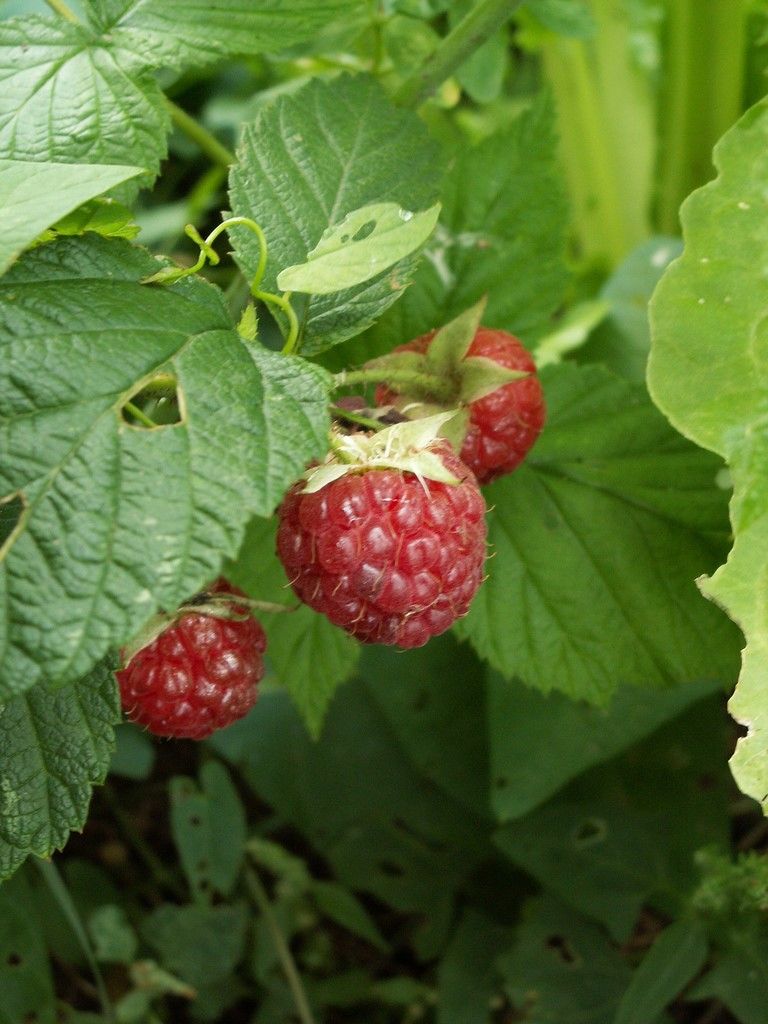
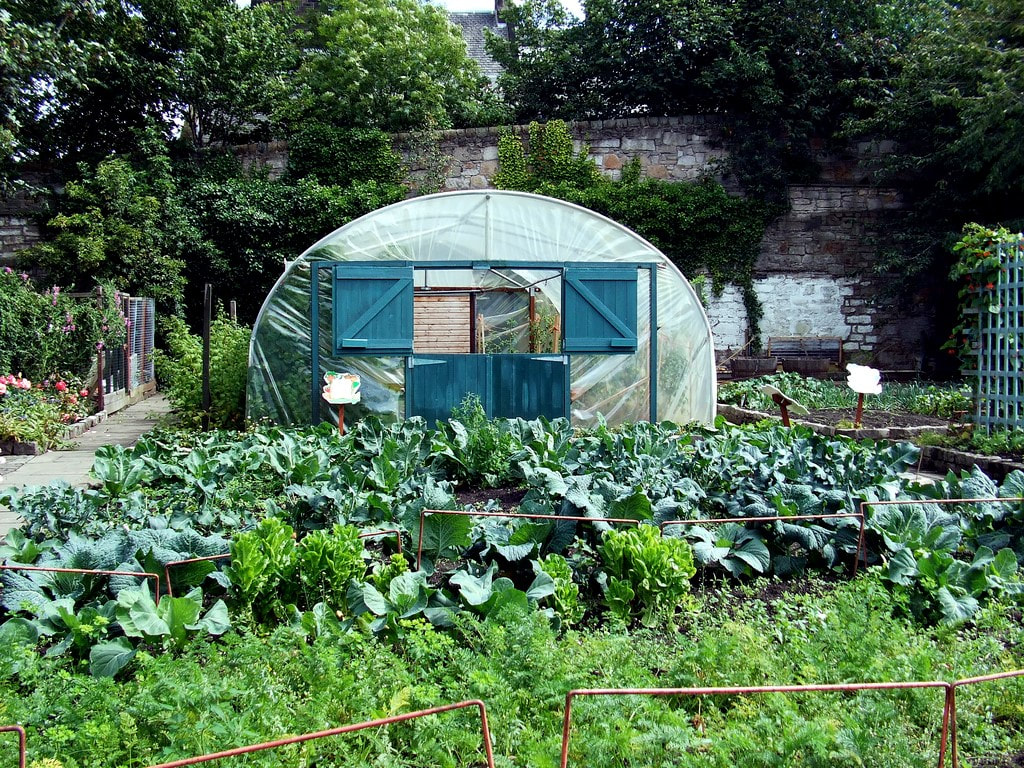
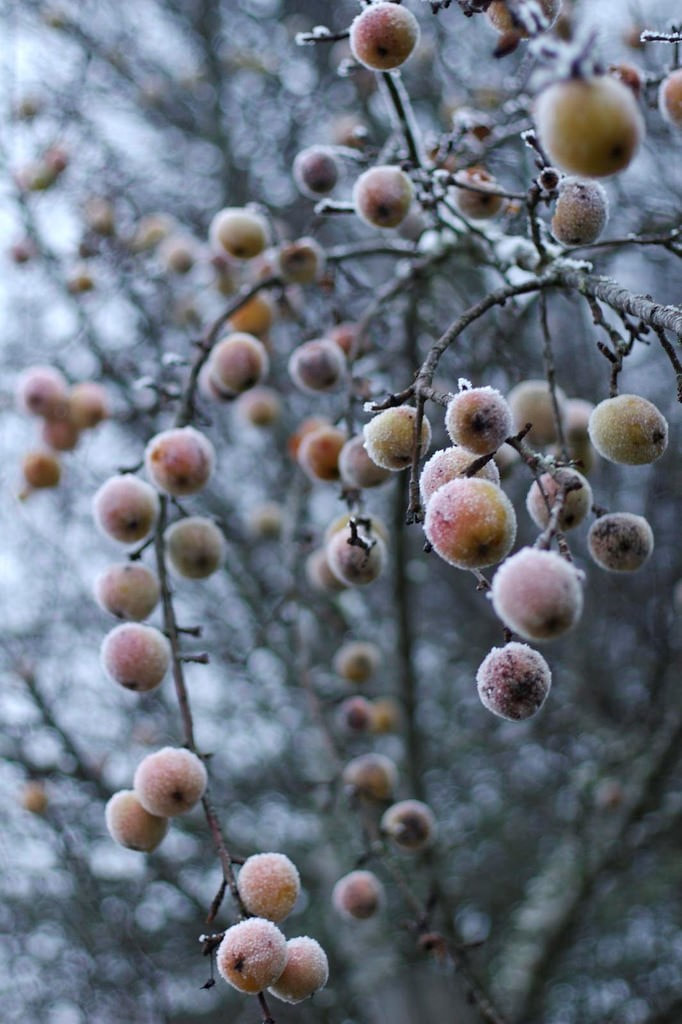
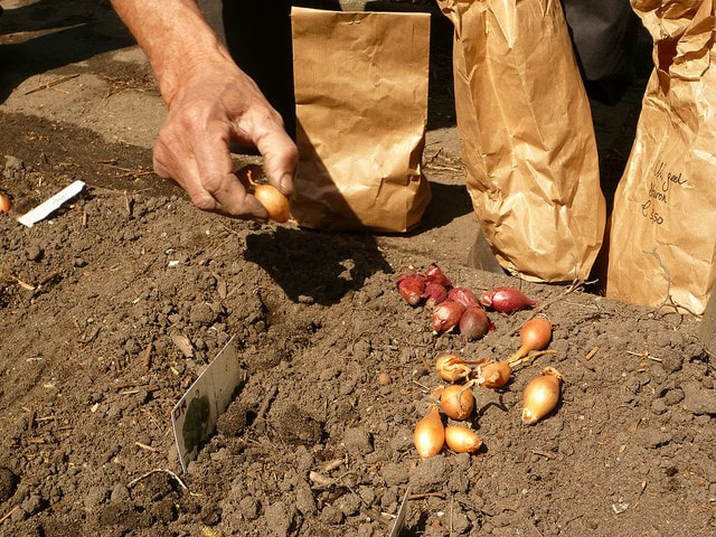
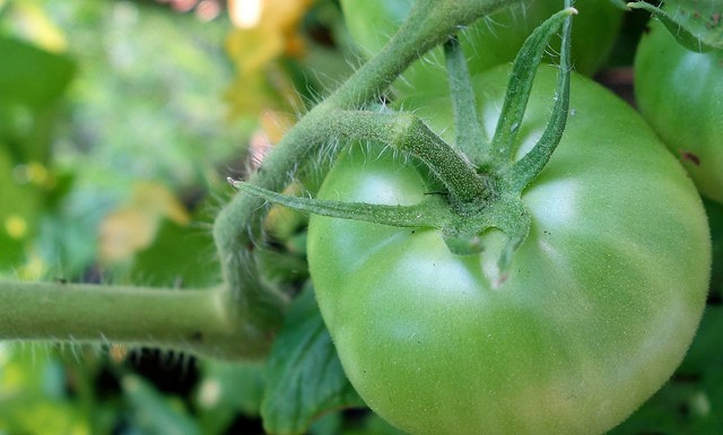
 RSS Feed
RSS Feed




